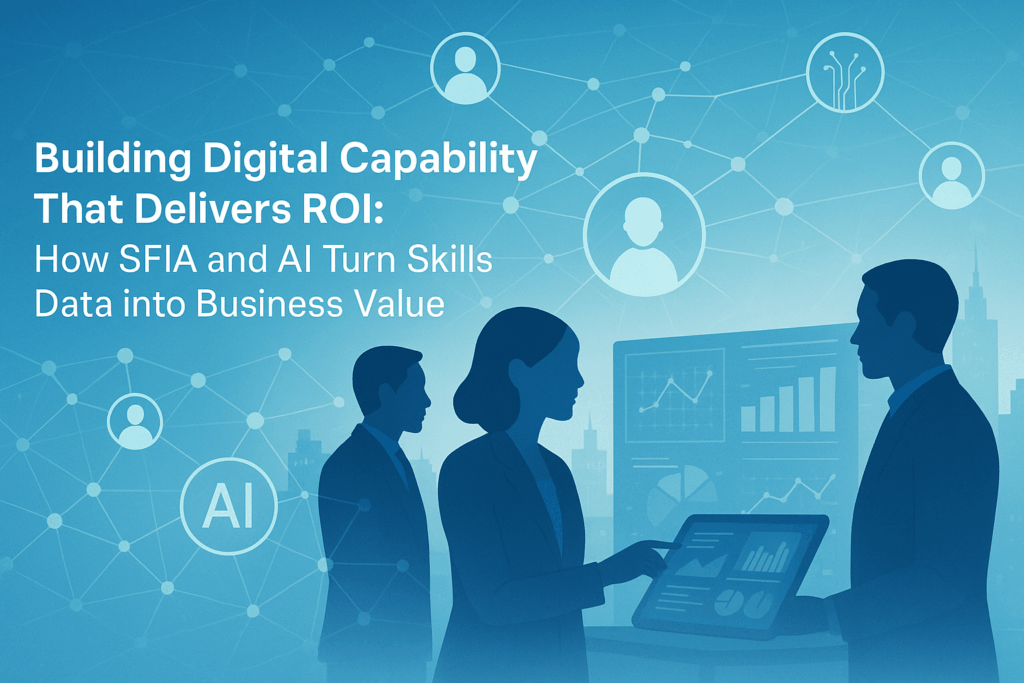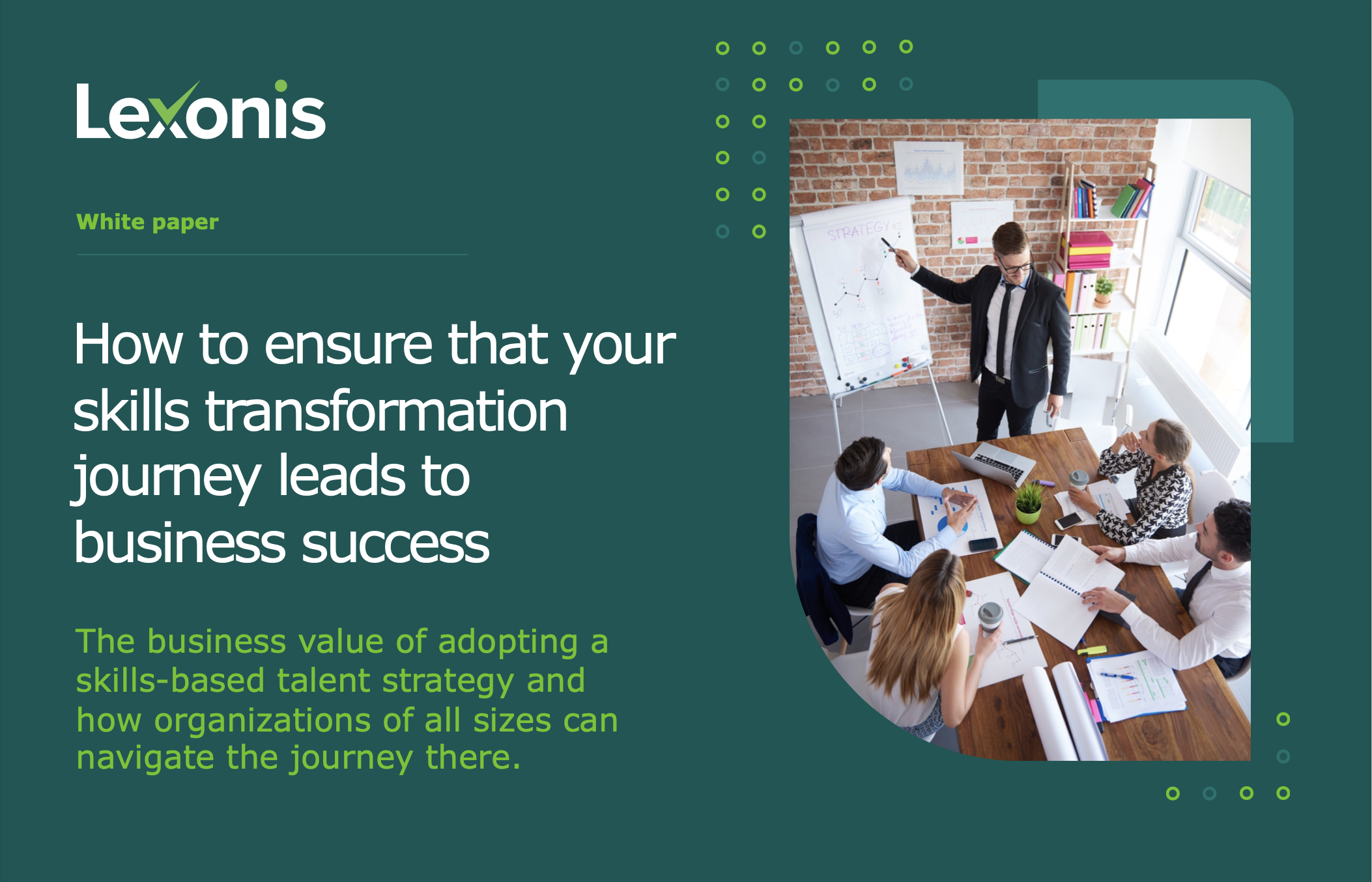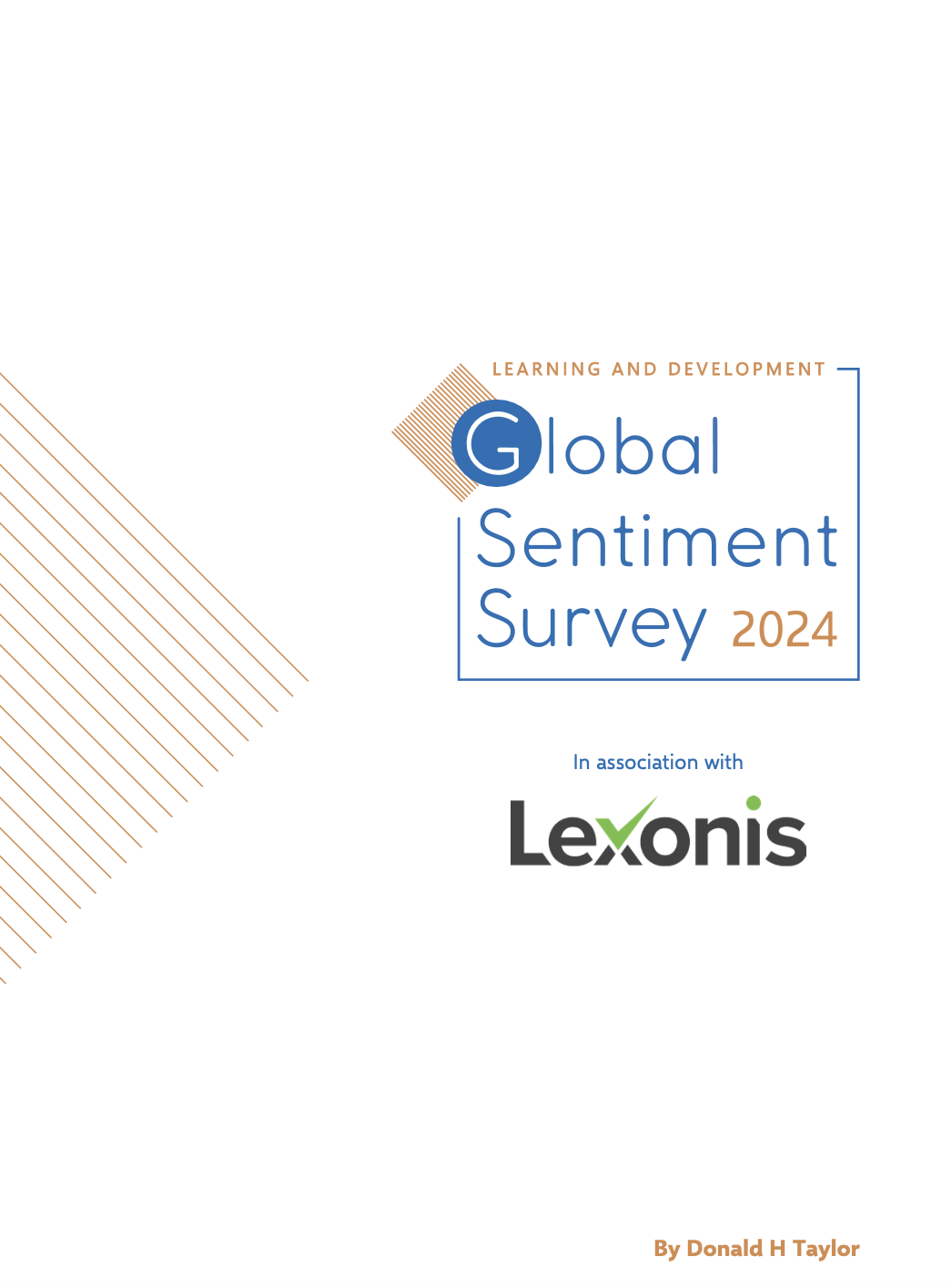Building Digital Capability That Delivers ROI: How SFIA and AI Turn Skills Data into Business Value
Andy Andrews
Introduction: The Skills Gap Is a Business Risk
Across industries, organisations face a stark reality: the digital skills gap is widening, and it’s no longer just a workforce issue – it’s a business risk. According to the World Economic Forum, 44% of workers’ skills will be disrupted within the next five years, and more than half of employees globally will need significant upskilling or reskilling by 2027 to remain effective in their roles1.

In a landscape where technologies like AI, data analytics, and cybersecurity are critical to competitiveness, capability gaps don’t just slow transformation – they directly impact revenue, innovation, and customer outcomes. Traditional training approaches, often broad and disconnected from strategic priorities, aren’t enough. To succeed, organisations need skills intelligence: a structured, data-driven approach that links learning directly to business outcomes.
1. Use SFIA to Define and Prioritise the Skills That Matter
Action: Establish SFIA (the Skills Framework for the Information Age) as your organisation’s common language for digital capability.
SFIA provides a globally recognised taxonomy that defines digital skills, competencies, and proficiency levels in a way that aligns with real-world roles and responsibilities. By mapping current workforce capabilities to SFIA, L&D leaders can:
- Identify precisely where critical gaps exist in areas like AI, cybersecurity, and data.
- Prioritise the most strategically valuable capabilities rather than spreading investment thinly.
- Align learning and development with business transformation objectives.
Business impact: Organisations that define skills clearly, accelerate decision-making, reduce time spent on redundant training, and ensure investment targets the capabilities that directly enable growth, compliance, and innovation.
2. Combine Skills Data with AI to Gain Real-Time Visibility
Action: Integrate AI tools with your skills framework to analyse workforce data and provide real-time insight into capability strengths and weaknesses.
AI can continuously assess skills data from sources such as assessments, project work, and learning activity. It can then map those capabilities to current and future business needs, offering a dynamic view of workforce readiness.
- Quickly identify where emerging skills are needed to support strategic initiatives.
- Forecast future gaps before they impact delivery.
- Inform hiring, reskilling, and redeployment decisions with data, not assumptions.
Business impact: With AI-driven skills intelligence, organisations can proactively close skills gaps before they slow transformation, improving project delivery timelines and reducing the cost of reactive hiring or external sourcing.
3. Link Skills Development to Strategic Outcomes
Action: Connect skills planning directly to business objectives such as digital transformation, innovation, customer experience, or risk reduction.
Instead of viewing L&D as a standalone function, embed skills data into enterprise planning. For example:
- If a strategic goal is to expand AI-enabled products, map and develop the data science and machine learning capabilities required.
- If cybersecurity resilience is a board-level priority, prioritise upskilling in risk management, cloud security, and incident response.
Business impact: This approach turns learning from a cost centre into a growth enabler. Programmes become measurable against KPIs like reduced time-to-market, improved product quality, or lower compliance risk – making ROI transparent.
4. Personalise Learning Journeys to Drive Engagement and Retention
Action: Use AI and SFIA together to tailor learning pathways to roles, responsibilities, and career aspirations.
Generic training programmes often fail because they’re irrelevant to individuals’ day-to-day work. By contrast, personalised development paths aligned with SFIA competencies:
- Ensure employees see a clear link between learning, performance, and career progression.
- Increase engagement and learning adoption rates.
- Support internal mobility and talent retention by showing clear development opportunities.
Business impact: Personalised learning can significantly reduce time-to-competence, improve productivity, and lower attrition – all of which deliver measurable ROI on L&D investment.
5. Continuously Measure, Iterate, and Optimise
Action: Treat skills intelligence as a continuous process, not a one-time project.
Regularly update skills data and learning strategies as business priorities evolve. Use analytics to measure progress against key metrics, such as:
- Reduction in identified skills gaps over time.
- Improvement in project delivery performance.
- Cost savings from redeploying internal talent versus external hiring.
Business impact: Organisations that continuously refine their skills strategy stay ahead of market shifts, sustain competitive advantage, and maximise the return on their skills investments.
Conclusion: Skills Intelligence as a Strategic Advantage
Closing the digital skills gap isn’t just about training people – it’s about building the capabilities that directly drive business success. By combining the structured clarity of SFIA with the analytical power of AI, organisations can transform learning from a reactive activity into a strategic lever for growth.
The result is a workforce that’s ready for what’s next – equipped with the right skills, at the right time, to deliver measurable impact.
Ready to take the next step?
Join us on October 30th at 10:00 am GMT for an exclusive SFIA and AI Skills Intelligence webinar, where SFIA leaders and expert consultants will show you how to put these principles into action.
Hosted by Andy Andrews (SFIA Council Member and Lexonis Director), with insights from Ian Seward (Managing Director, SFIA Foundation) and Leah Prevost (SFIA-accredited Senior Consultant, Lexonis), this interactive session will explore how to combine SFIA, AI, and skills intelligence to close digital capability gaps, align learning with strategy, and deliver measurable business impact.
Don’t miss this opportunity to transform your learning strategy – and build a workforce that’s ready for what’s next. Register your spot here.
Footnotes
1 World Economic Forum, The Future of Jobs Report 2023. Link
You may also like

There is a skills gap problem in the developed economies…

The business value of adopting a skills-based talent strategy and…

What is trending in workplace L&D this year? Are your…